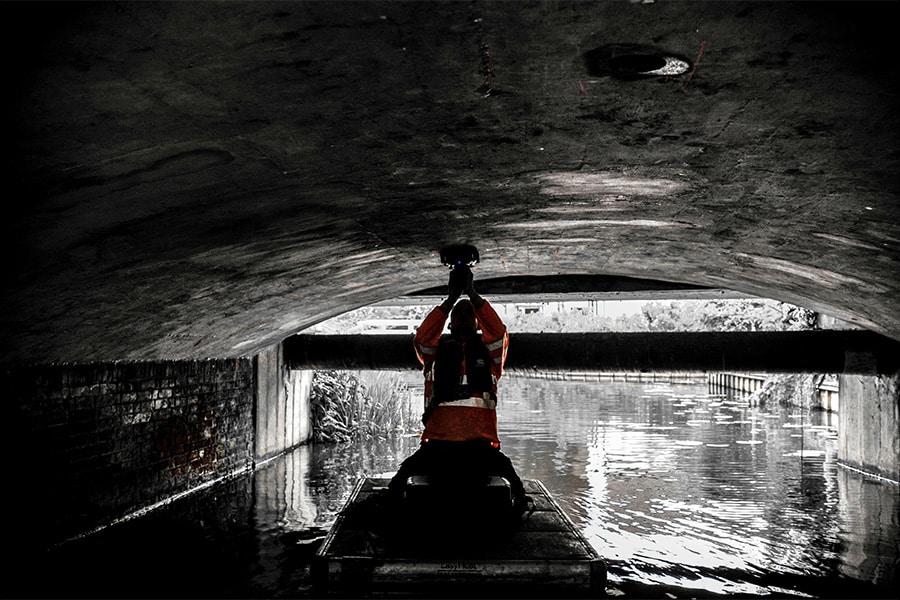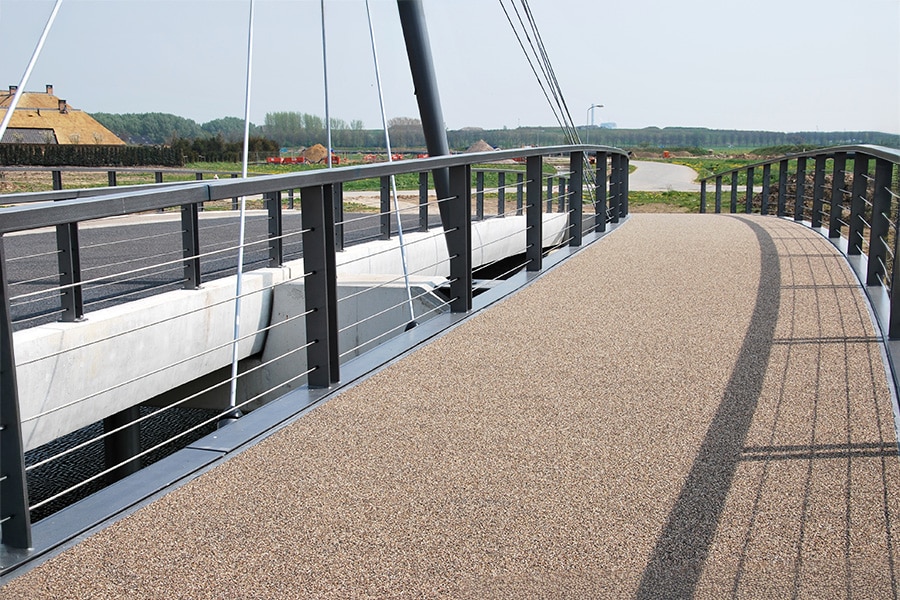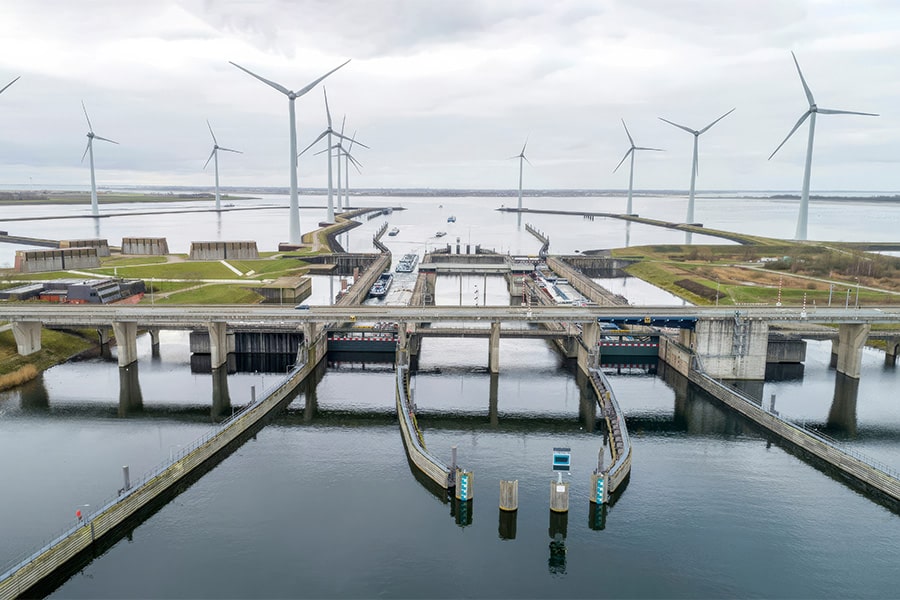
The Netherlands' largest soil injection project
In the new situation, part of the N206 ir. G. Tjalmaweg will soon lie (far) below groundwater level. To realize the watertight road construction, a specialized soil technique will be used: water glass injection. Franki Grondtechnieken is lord and master of this technique and with this project has immediately set a record. According to director Jan-Wim Verhoeff, it is by far the largest soil injection project in the Netherlands and perhaps even in Europe.
The sunken location of the new Tjalma Road will be built in the dry. "The soil injection technique offers a solution to a problem that you cannot solve in any other way," Verhoeff says firmly. "Specifically, we create a water-inhibiting layer in the deep underground, so that the road construction in an area with a very high groundwater level can still be constructed in the dry. To do this, we first construct a sort of 'bathtub structure' by installing sheet pile walls on both sides. By means of water glass injection, a water-inhibiting layer is created at depth, so that the tub is closed off, as it were. Then the groundwater is extracted and one can excavate dry."

96,000 injection tubes
The above sounds very simple, but of course the necessary preparation is involved. For example, what about the installation of no less than 96,000 (!) injection tubes with a total length of 1,500 kilometers. "The entire route is divided into thirteen compartments, each of which is injected and excavated separately. In this way, the contractor retains the necessary flexibility and the work can be carried out as if in a train," explains Verhoeff. "The injection hoses are vibrated in using a scaffold to a depth of about 15 meters. That is considerably deeper than required for the road construction and also not nearly as deep as is being excavated. The weight of the soil above the injection layer is needed to keep the water-inhibiting layer in balance with the water pressure below the layer. Think of it as a balancing construction that is therefore much less expensive than a cofferdam with underwater concrete and foundation piles."

Non-environmental
Because of the size of the project, Franki Grondtechnieken engaged two subcontractors to work together to install all those injection hoses in a timely manner. "We have two racks permanently on the project, but have also gone through phases where up to six racks were working at the same time," says Verhoeff. "Once a compartment is ready, we pump the water glass substance through the tubing from our injection container. At the bottom of the tubing is an injection valve, so we can dose it properly. The mixture consists of a combination of water, water glass and a hardener that is pumped liquid and turns into a gel in the bottom. The distance between the hoses is determined so that a continuous gel layer is eventually formed at depth. This water-inhibiting layer is incidentally temporary, as it dissolves over time. We use a non-environmentally damaging hardener in this process, which can also be used in water catchment areas, for example."
Franki Grondtechnieken has been operating on the Tjalmaweg since September 2021. "We are currently in the last compartment applying the gel layer, while the road construction in the first compartments is already pretty much finished. Another added advantage of this method." Even for a specialized foundation contractor with more than 110 years of experience, the Tjalmaweg is a special project for Franki Grondtechnieken. "Because of the enormous scale, the logistics are of a different order than with a traditional construction pit of 50 by 100 meters. The planning is crucial. If it falters with us, the rest will follow automatically. The cooperation with Boskalis is therefore extremely pleasant. We approached the project as partners and together did our best to make the train succeed. And with success."



